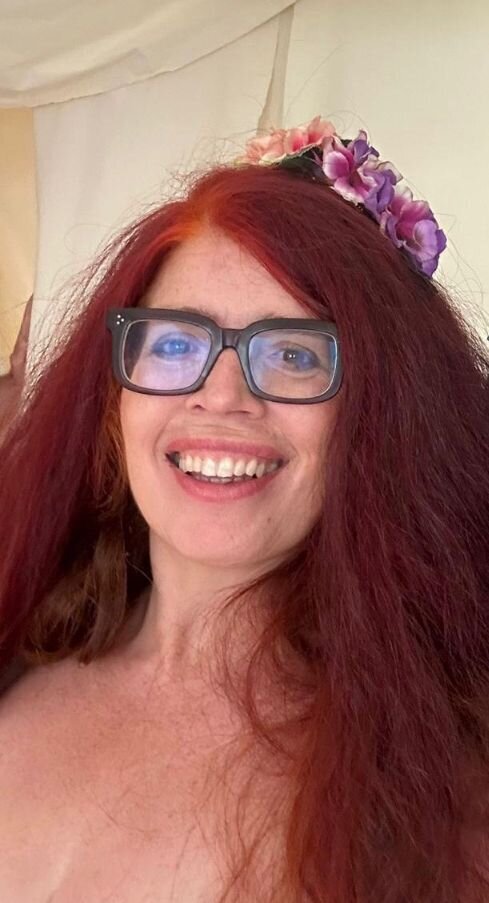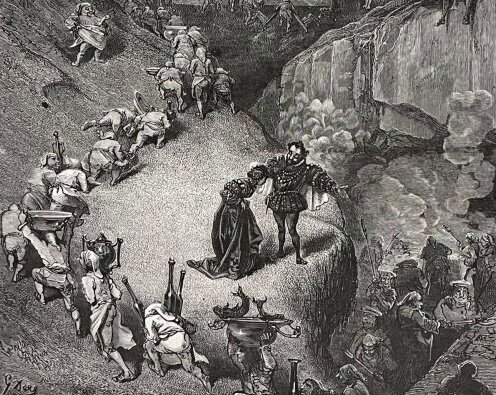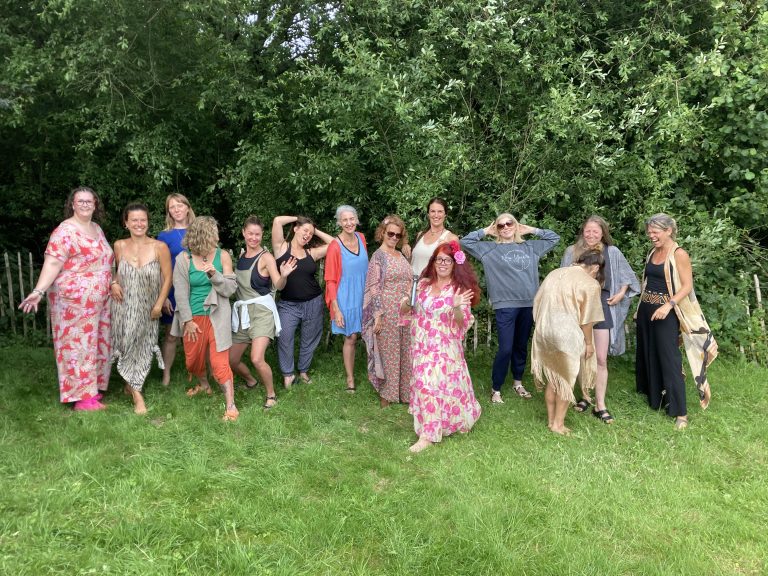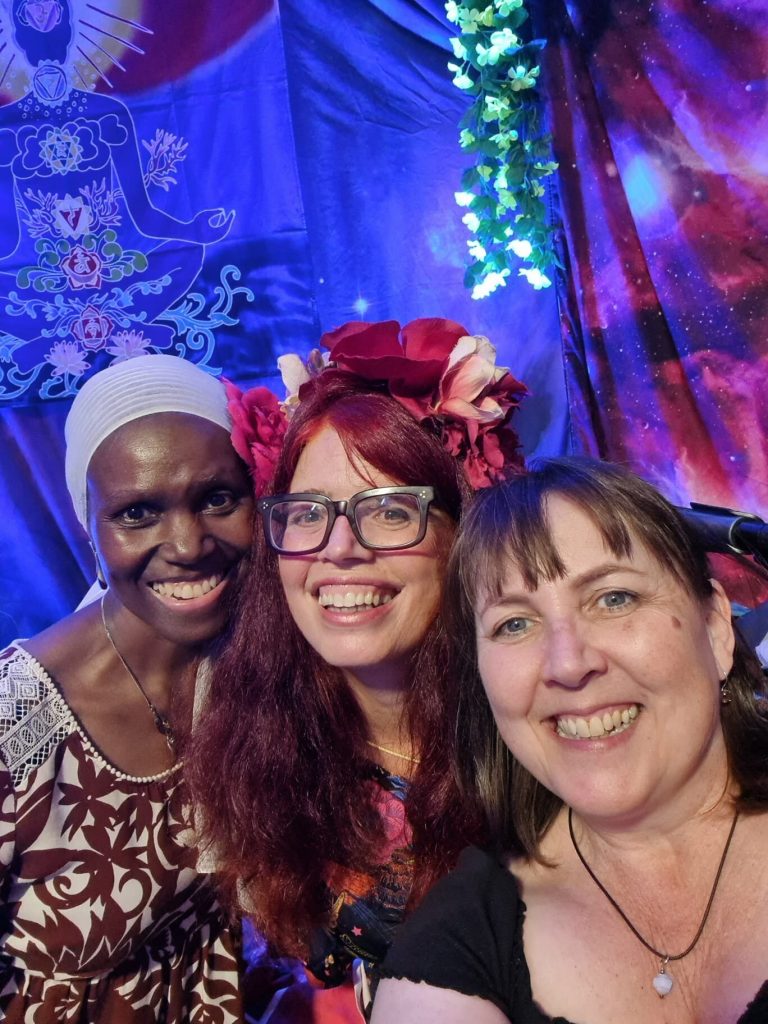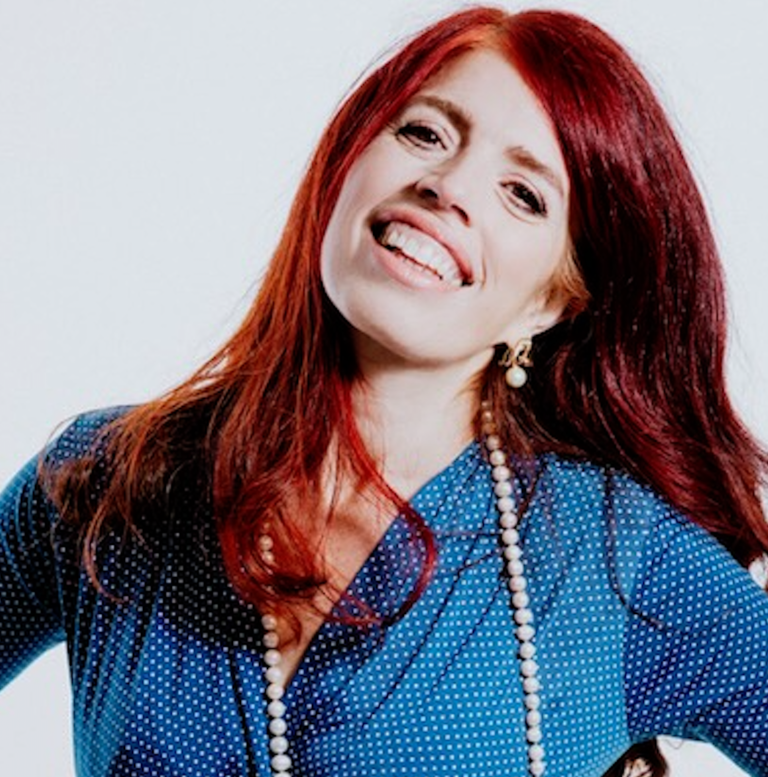There is so much going on in the world, and so many people need love and care. It seems that community is becoming more and more essential, and I am taking care to host events focused on connection.
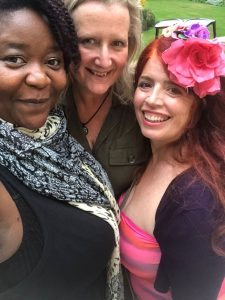
Did you know that before the Marriage Act of 1753, many people didn’t often legally marry but might live together? The community might often take care of the extended family. There could be a sense that the group was bigger than the couple.
The Industrial Revolution meant that certain values like marriage were brought in when people lived in cities and this was seen as a way to bring order and structure. The Victorians celebrated the idea of romance with novels and letters and really grew the idea of longing for “the one” who might even be ghostly or disappearing.
Queen Victoria was a big proponent of monuments to her husband Albert but, it is said, that she actually possibly married a couple of times after (suggesting that there can be more than “one” person). Then, after the Second World War, romance and “Finding the One” became big business with films, TV shows and novels.
Maybe this was a way to get over the trauma of the destruction and loss of war, maybe this was a way to lure women back into traditional roles after they had taken on “male” jobs in wartime. But it led to massive programming of people to desperately seek that one special person. This may have then lead to so many miserable marriages which were full of expectation and demand for the other to be “the one”. Or even people hiding their true identities but marrying because of society’s beliefs.
I went to a great talk with the Rizzlekicks rapper Jordan Stephens. He shared that having “romantic type” was a form of trauma response where people are constantly looking to repair with a person who reminds them of their original caregivers. If you your caregivers weren’t there for you but you seek another person who is doing the same and hoping they will change then this is potentially really painful.
After recognising that he endlessly went for women who had a certain pixie look and way of being, he spent time writing down what he actually wanted to “feel” around someone (like happy, joyful, peaceful, wanting to dance). He got to know his current partner Jade Thirlwell as friends and he realised that he felt all those things around her, and when they started to “go out” felt safe enough to really love and be loved.
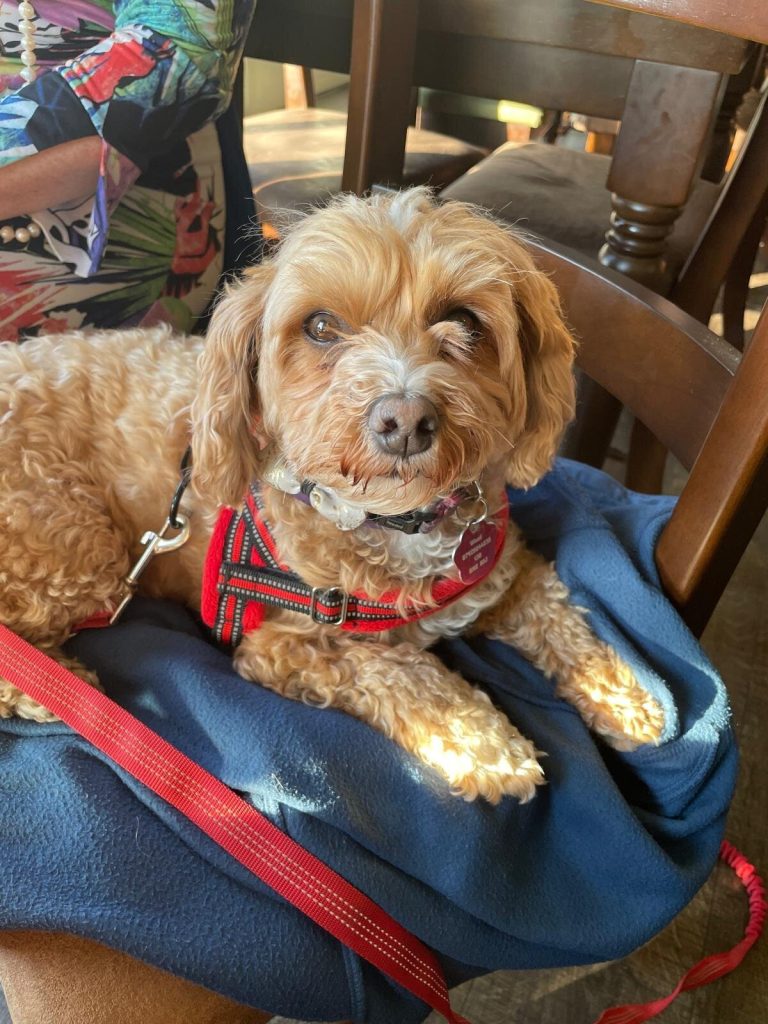
He is now on a mission to help men understand themselves so they can learn how to feel deserving of love. He also realised what skills are needed to date and went on a workshop to learn how to be a boyfriend!
So I really am loving the idea that we can let go of finding the one, love ourselves, focus on how we wish to feel in connection and learn how to let people in from that place! And the idea of “relationship anarchy” which is the concept that all relationships have importance not just romantic ones or even just best friend ones. This is the idea that if you have a partner or best friend you would give equal weight to other connections and this helps to give balance to everyone.
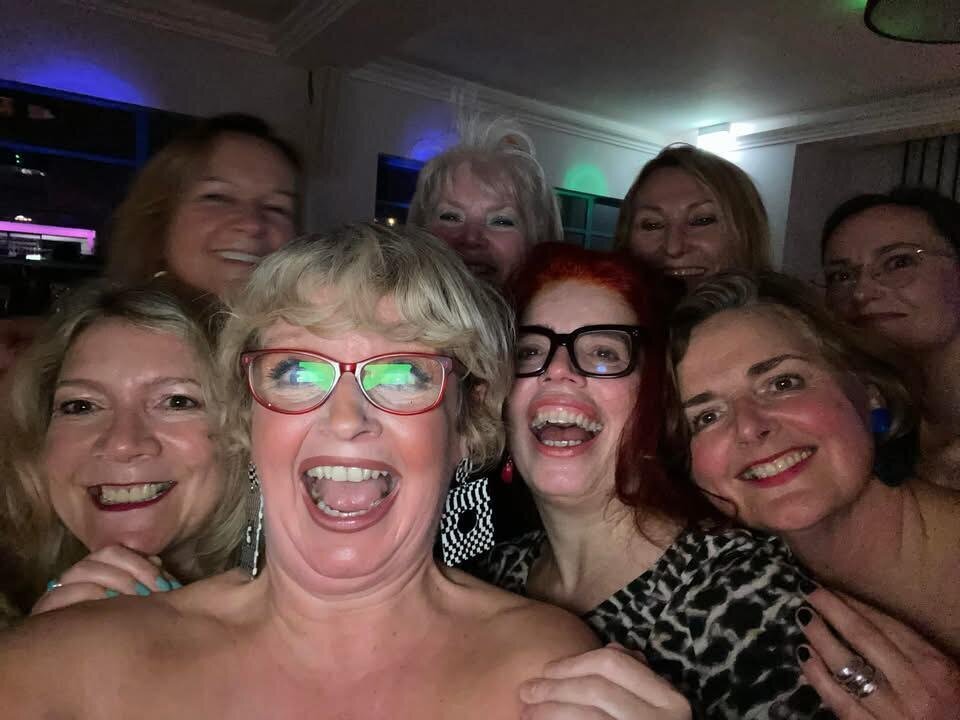
I am realising that on my relationship journeys I learn so much and I am grateful for them however long they do or don’t last. Often a romantic relationship can show me what issues I am still carrying and what I could release in ways that I might not see otherwise. But it is also having community for me that I get my checks and balances so I can be loved and supported and guided about connecting well.
So I am sharing some photos of my lovely dog Elsie who I share with her mum Caroline, my dancing and play girlfriends and my dancing neighbours. If you are struggling to find your people you could look up your local meet-up groups or go to CODA which is free and about how to connect with others in an authentic way. So maybe with a lens of loving oneself relationships can be looked at as an ongoing path of growth in multi-dimensional ways.
In this way friendships and community are possibly as important as a lover. Maybe this might make the impossibly hard task of finding “the one” less of a stress. Also, if needed, therapy or recovery work could help heal any deeper abandonment issues which maybe creating that feeling of desperation for another.
When I was a kid, I had two Favourite fairy stories “Naughty Sophia” was about a duchess who lived in a castle. Her parents were always partying and she had to appear dressed up and be polite. She did not feel loved and was pretty rebellious.
Her parents decided that she was so bad she should be put with a family in the village. She lived with a simple family where they ate together, chatted together and played together. Just like good old attachment theory she was feeling deeply loved and cared for and her life became happy, humble and secure. It was about the deep simplicity of real love and what that’s like to receive and give.
My other favourite story was about a princess who was clever but not pretty who married a prince who was handsome but not bright. He helped her to feel beautiful, and she helped him to feel clever. This story seemed to be about the possibility of allowing people to touch you deeply with their gifts and then also giving of your own. That we are all different and we may have so many ways to give and receive if we can let ourselves.
Below is a French version of this fairy tale told from a different point of view. I think it speaks to releasing the idea of a “type” and potentially appreciating what people give and the alchemy of that. My mum always says “Are you enjoying this person when you are with them?” This is how to measure whether it’s good to keep meeting!” I love this idea as it keeps it simple when the ideas of romance can get so complicated.

